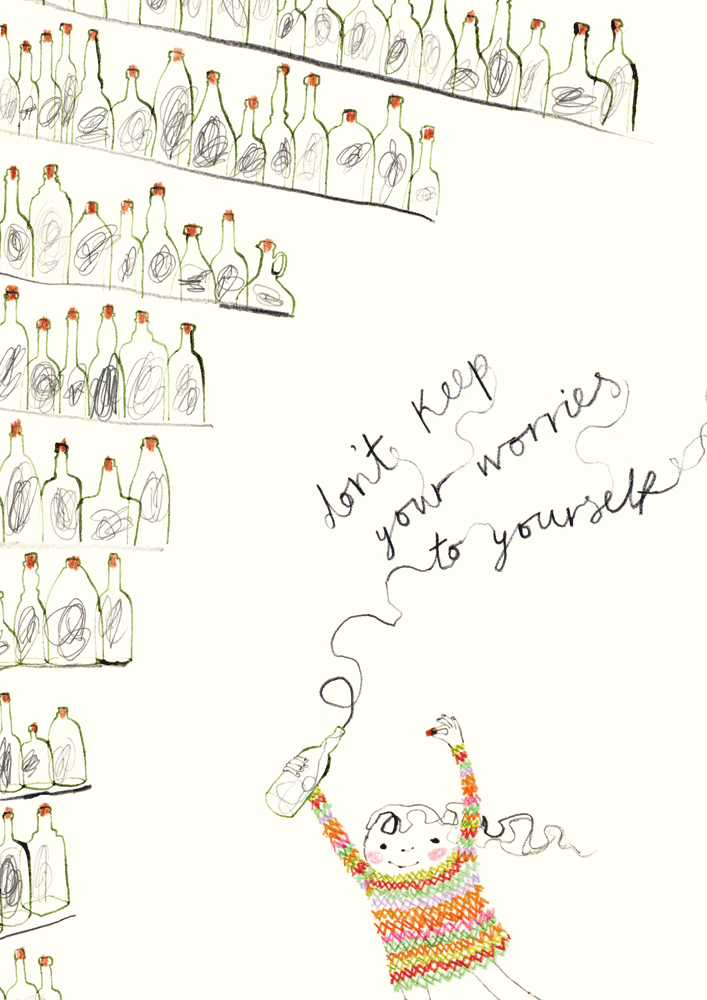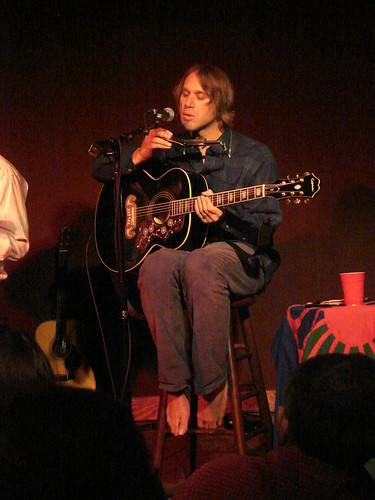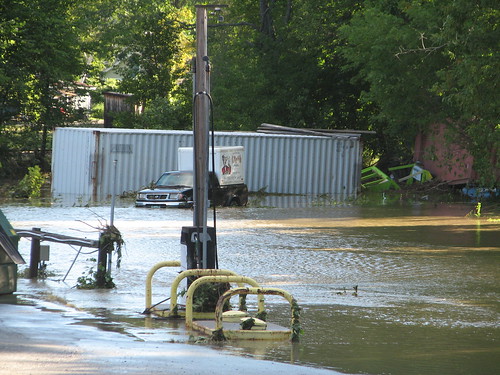Let me take you back to 2009. Newspapers were slashing staff daily. Jobs weren’t plentiful. A young, wide-eyed Dan Oshinsky was about to graduate from college.
And in the midst of all this, a strange thing happened: A big newspaper chain decided that they really liked me. They liked my attitude and my skills. They told me, straight up: We want to hire you. We don’t know what for yet, but we want you.
Over the next few weeks, I had a number of phone conversations with one of the chain’s executives. The chain had just launched a big blog project at one of their papers, and they seemed really excited about the numbers. They had an idea for me: Start a blog for our papers devoted to young people and business. We’ll give you $100k and a small team to start. Give it a few days and come up with some potential topics for us.
Understand this: I was coming out of journalism school like most J-school students. I had great clips and great ambition. I was fully prepared to start working for a newspaper on a city desk or a political beat.
I thought I was totally unprepared to lead an ambitious, new journalism effort.
I didn’t know anything about business. I didn’t read business blogs. I didn’t understand the market for business news.
The next week, I told the executive: I’m flattered, but sorry. I’m not your guy for this project.
Looking back, I’m stunned at how stupid I was. I can’t believe that I said no, and I can’t believe that I failed to even produce a single tangible idea for such a blog.
How could I have been so unresourceful?
Over the course of about 72 hours, I was given the opportunity to pitch something really impressive. I had everything I needed to start such a project: I was ambitious, I had blogging experience, and I had a good sense for how to create a voice that was readable.
Sure, I didn’t know anything about business news. But here’s the thing: I knew plenty of people who did.
I didn’t ask for their help.
I could’ve turned to my network — my friends, my former bosses — and asked for input on ideas. I could’ve generated a really impressive proposal for that blog.
And I didn’t even think to ask.
What I’ve learned since is the importance of a really good conversation. You need people who can advise you, guide you and — most importantly — ask the kind of questions that will help lead to you the right answers. When you have an opportunity, talk about it with smart people. It’s amazing how a good conversation can really open your eyes to your full potential.
I was reminded of that last week. I was down in Springfield, taking meetings for my upcoming reporting experiment with Stry.us. And in the course of a half dozen conversations, I started to notice some new themes popping up. I suppose I had been thinking about these changes for some time, but it wasn’t until I started really talking it through with others that I realized how big these changes were.
I can’t begin to tell you how thankful I am to have smart people on my side, asking good questions and helping guide this project towards an even more awesome future. Stry.us will be be stronger because of their curiosity and wisdom.
When you’re starting something new, you have to keep your eyes open. You have to listen fully.
And for goodness sake: When you’re lost, don’t be afraid to ask. You don’t have to go it alone.
You shouldn’t.











